How to make landscape design flexible w/poss future construction
italyvespa
13 years ago
Related Stories
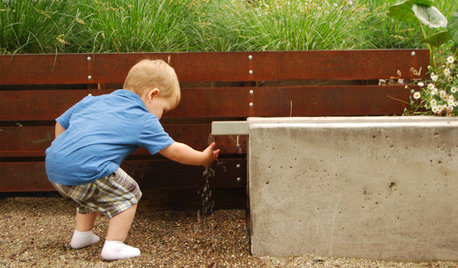
GARDENING AND LANDSCAPING9 Ways to Make Your Yard More Fun for Kids
Draw the younger set outside while keeping grown-up spaces and style intact. Some of these ideas don’t even cost a dime!
Full Story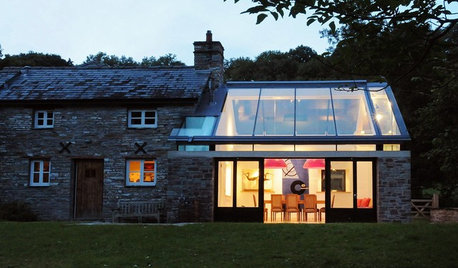
BUDGETING YOUR PROJECTDesign Workshop: Is a Phased Construction Project Right for You?
Breaking up your remodel or custom home project has benefits and disadvantages. See if it’s right for you
Full Story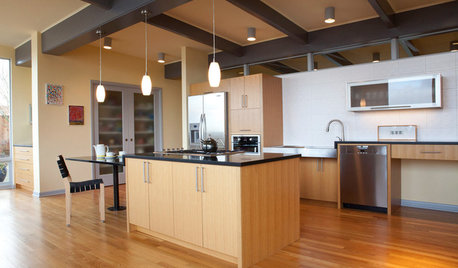
UNIVERSAL DESIGNHouzz Tour: Universal Design Makes a Midcentury Home Accessible
More space for wheelchairs, easier access to appliances and a curbless shower fit a Seattle family's needs
Full Story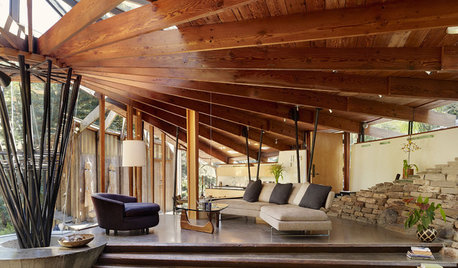
ARCHITECTUREHave It Your Way — What Makes Architecture Successful
Universal appeal doesn't exist in design. The real beauty of any home lies in individualization and imagination
Full Story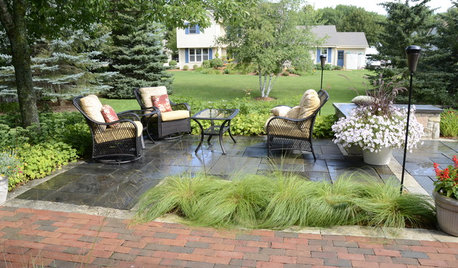
LANDSCAPE DESIGN5 Reasons to Consider a Landscape Design-Build Firm for Your Project
Hiring one company to do both design and construction can simplify the process. Here are pros and cons for deciding if it's right for you
Full Story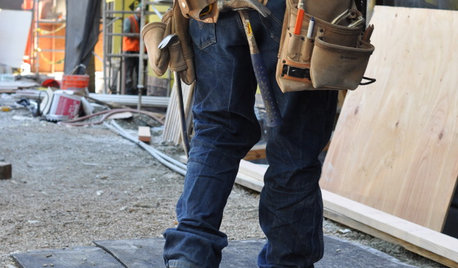
WORKING WITH PROS7 Tips for Making Contractors Your Allies
For a contractor as vested as you are in your home project's success, follow these time-tested techniques from a professional designer
Full Story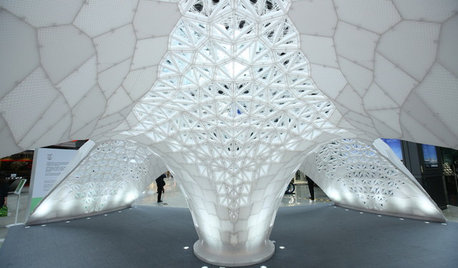
ARCHITECTUREWhat the Future Holds for 3D Printing in Architecture and Design
Designers worldwide are creating 3D-printed buildings, furnishings and materials. Will we be seeing this trend in our homes?
Full Story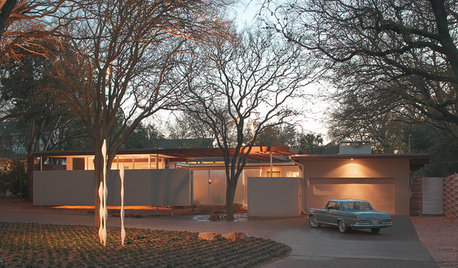
REMODELING GUIDESHope for the Future: Lessons From Midcentury Modern Design
11 ways we can learn from the built-in optimism of midcentury modern homes
Full Story
MOST POPULAR5 Remodels That Make Good Resale Value Sense — and 5 That Don’t
Find out which projects offer the best return on your investment dollars
Full Story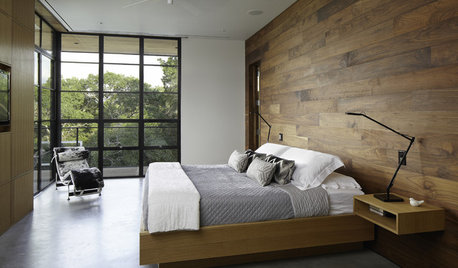
REMODELING GUIDESConstruction Timelines: What to Know Before You Build
Learn the details of building schedules to lessen frustration, help your project go smoothly and prevent delays
Full Story





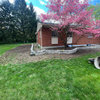
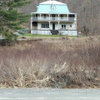


gardengal48 (PNW Z8/9)
italyvespaOriginal Author
Related Professionals
Accokeek Landscape Architects & Landscape Designers · Fort Lee Landscape Architects & Landscape Designers · Kyle Landscape Architects & Landscape Designers · Mount Wilson Landscape Architects & Landscape Designers · Peabody Landscape Contractors · College Park Landscape Contractors · Franklin Landscape Contractors · Glendale Heights Landscape Contractors · South Lake Tahoe Landscape Contractors · Wareham Landscape Contractors · Centennial Decks, Patios & Outdoor Enclosures · Green Bay Decks, Patios & Outdoor Enclosures · Richmond Decks, Patios & Outdoor Enclosures · West Bloomfield Township Decks, Patios & Outdoor Enclosures · Glenn Heights Swimming Pool BuildersKateLatierra
whitecap
gardengal48 (PNW Z8/9)
whitecap
italyvespaOriginal Author
whitecap
gardengal48 (PNW Z8/9)
whitecap
whitecap
italyvespaOriginal Author
whitecap